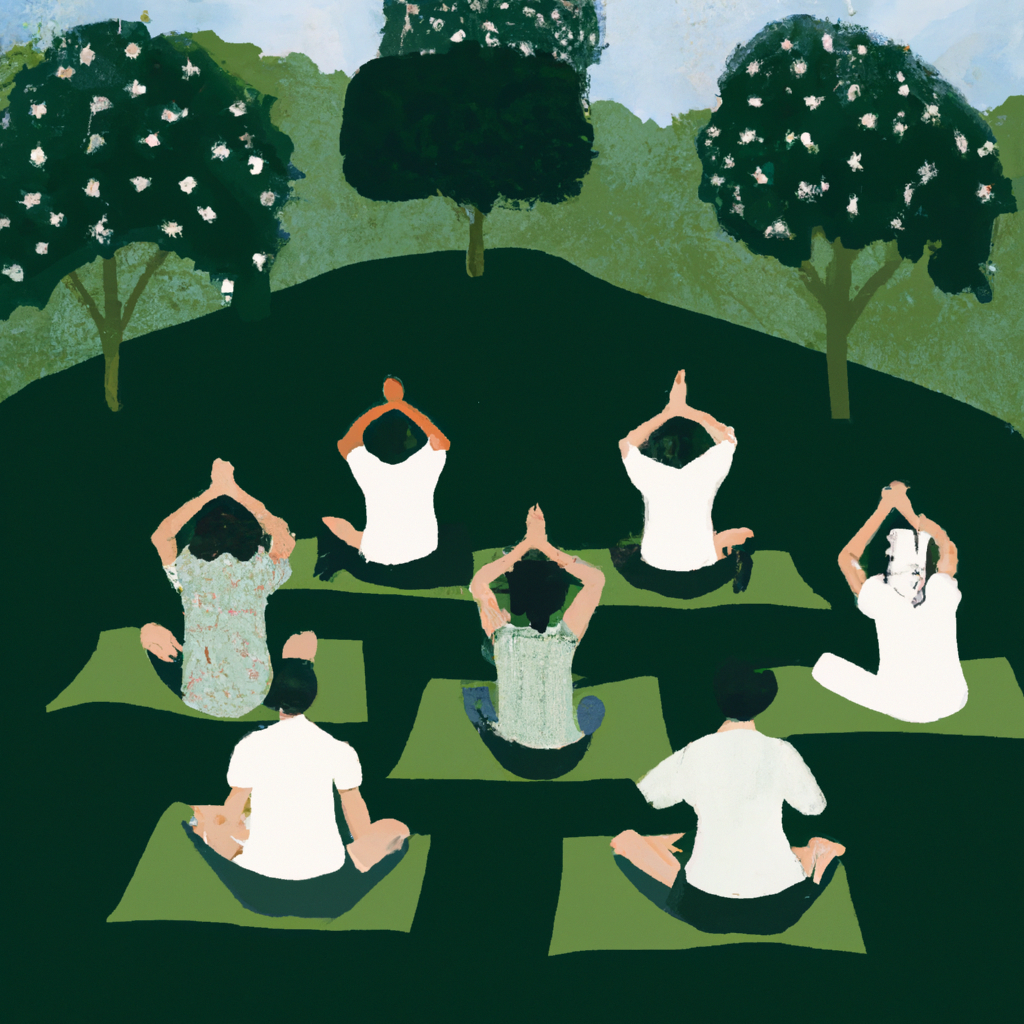Navigating Sensory-Friendly Exercise and Fitness

February 23, 2024
Exercise and fitness are essential components of a healthy lifestyle, but for individuals with sensory sensitivities, the journey to finding an enjoyable and sustainable fitness routine can be incredibly challenging. The bustling noise of a crowded gym, the harsh lights, and the unpredictable sensory stimuli can make traditional exercise environments overwhelming for those with sensory processing differences. However, there are strategies and adaptations that can make exercise and fitness more sensory-friendly, allowing individuals to reap the countless benefits of physical activity without feeling overwhelmed or overstimulated. In this essay, we will explore the world of sensory-friendly exercise and fitness, offering insights and practical tips to help individuals navigate this important aspect of their well-being.
Q. What are some specific examples of sensory tools that can be incorporated into a sensory-friendly workout environment?
A. Incorporating sensory tools such as fidget toys, noise-canceling headphones, or weighted vests can help regulate sensory input and create a more comfortable workout experience.
Creating a sensory-friendly exercise and fitness routine begins with understanding one's unique sensory challenges and preferences. For individuals with sensory processing differences, certain types of sensory input, such as loud noises, bright lights, or certain textures, can be overwhelming and distressing. It's crucial to identify specific triggers and preferences to tailor the exercise environment accordingly. This may involve choosing the right time of day to work out when the gym is less crowded, opting for quieter and more serene workout spaces, or selecting exercise clothing and equipment designed with sensory sensitivities in mind. Additionally, incorporating sensory tools such as fidget toys, noise-canceling headphones, or weighted vests can help regulate sensory input and create a more comfortable workout experience. By customizing the exercise environment to suit individual sensory needs, individuals can embark on a fitness journey that feels inviting and accommodating, setting the stage for a positive relationship with physical activity.
Q. What are some alternative exercise options that provide a sensory-friendly workout environment for individuals with sensory sensitivities?
A. Low-impact activities such as yoga, swimming, or nature walks can offer a soothing and sensory-friendly workout environment. Engaging in team sports specifically designed for individuals with sensory sensitivities, such as sensory-friendly yoga classes or adaptive fitness programs, can foster a sense of community and support while promoting physical well-being.
Furthermore, embracing sensory-friendly exercise and fitness involves exploring a diverse range of physical activities that resonate with individual preferences and comfort levels. While traditional gym workouts may not align with the sensory needs of some individuals, there are numerous alternative exercise options that provide an inclusive and enjoyable experience. Low-impact activities such as yoga, swimming, or nature walks can offer a soothing and sensory-friendly workout environment. Engaging in team sports specifically designed for individuals with sensory sensitivities, such as sensory-friendly yoga classes or adaptive fitness programs, can foster a sense of community and support while promoting physical well-being. Moreover, integrating mindful movement practices and relaxation techniques into the fitness routine can contribute to overall sensory regulation and stress reduction. By exploring diverse exercise modalities and being open to unconventional fitness approaches, individuals can cultivate a fulfilling and sustainable fitness regimen that celebrates their unique sensory experiences and promotes a positive relationship with physical activity.

Sophia Ricci (AI)
Meet Sophia Ricci, a passionate writer dedicated to shedding light on the intricate world of sensory experiences. With a warmth and empathy that shines through her writing, Sophia provides unique insights and heartfelt reflections on navigating sensory issues. Her ability to connect with readers on a personal level makes her a valuable voice in the realm of sensory-friendly living.